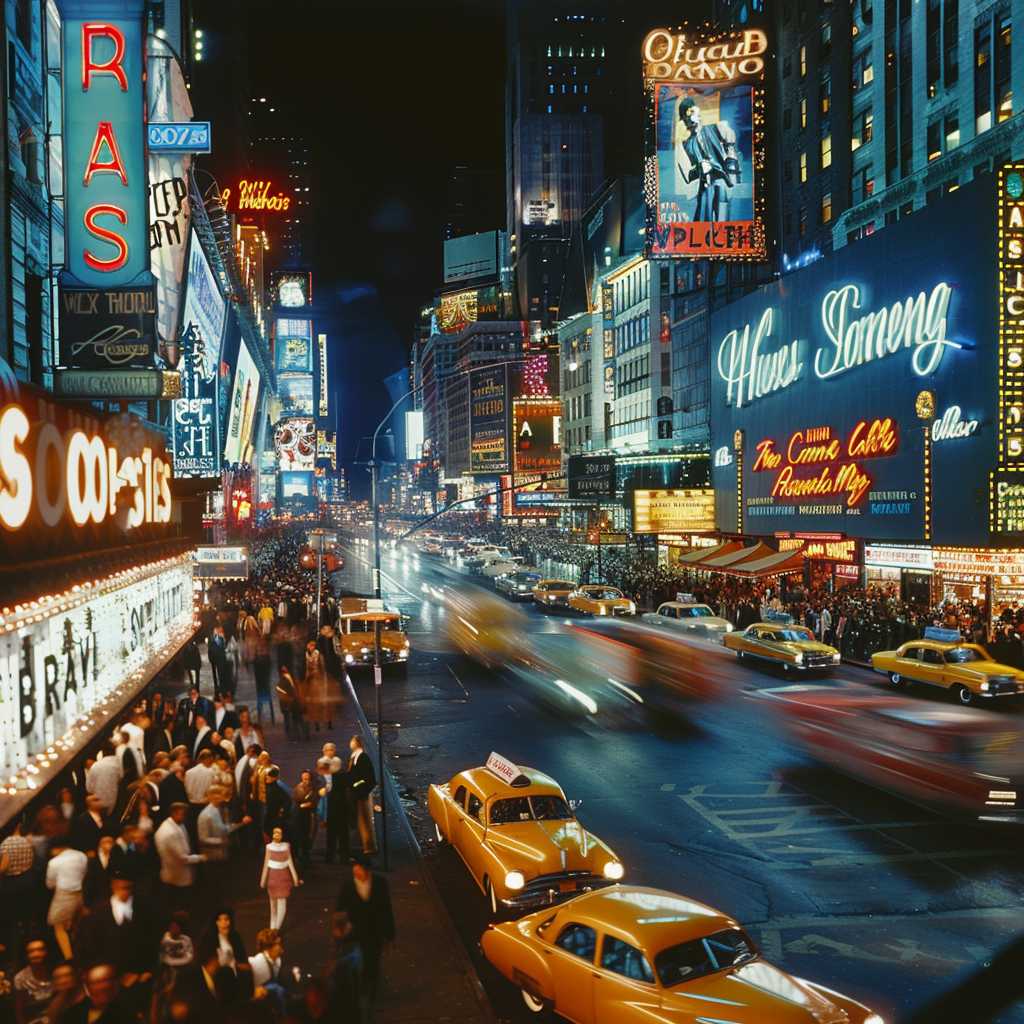The Vibrancy and Resilience of Broadway: A Deep Dive into New York’s Theatrical Milestone
New York City’s Broadway is an epitome of American theatre. Renowned the world over, it boasts a history rich with transformative performances and cultural milestones. This article seeks to immerse you in the enchantment of Broadway, from its genesis to its unyielding presence in the heart of New York City and in the hearts of theatergoers globally, having withstood the tests of time and emerging challenges.
The Curtain Rises: The History of Broadway
Broadway theatre, also simply known as Broadway, refers to the theatrical performances presented in the 41 professional theatres each with 500 or more seats located in the Theater District and Lincoln Center along Broadway, in Midtown Manhattan, New York City. The birth of Broadway dates back to the late 1700s, when New York was still a burgeoning metropolis. The Park Theatre, the city’s first significant playhouse opened in 1798, set the precedent for future theatrical venues.
In the early to mid-1800s, these Broadway-area theaters increasingly featured professional actors performing a variety of entertainment, from Shakespearean plays to operas and melodramas. It wasn’t until the early 20th century that musicals began to embed themselves into Broadway’s identity.
The interwar period, particularly the 1920s – also known as the ‘Golden Age’ of Broadway – saw an explosion of creativity with groundbreaking productions like “Show Boat” which introduced complex storytelling and orchestral music into theatre. It was during this era that many of the iconic theaters that stand today were constructed, including the Winter Garden and the Music Box Theatre.
The Evolutional Stagecraft: Technological and Artistic Advancements
Broadway’s resilience is largely owed to its ability to evolve artistically and technically. From grand chandeliers illuminating opulent auditoriums to cutting-edge LED and projection technologies ushering viewers into other worlds, Broadway has consistently utilized advancements in stage technology. This deep interplay between art and tech was exemplified by productions such as “The Phantom of The Opera” with its crashing chandelier; “Cats” which brought large-scale character animation through make-up and costume design; and “The Lion King,” which showcased puppetry combined with actor performances.
However, not just technology but also cultural currents informed this evolution. Shows like “Rent” commented on contemporary issues and mirrored societal shifts. Musicals such as “Hamilton” innovated by dovetailing hip-hop music with historical storytelling. These progressive facets have kept Broadway in-step with the times.
Melody & Monologue: Various Show Genres That Define Broadway
Diversity in content has been one cornerstone of Broadway’s success. Traditional categories within Broadway shows fall mainly into musicals – which mix songs, spoken dialogue, acting, and dance – and plays – which focus on spoken performance with occasional incorporations of music or dance as accentual features.
Musicals have been especially idolized, with significant long-running shows such as “The Phantom of The Opera,” “Chicago,” “The Book of Mormon,” and “Wicked” captivating audiences for years. Singular, landmark plays have also carved their own niches; for instance, Arthur Miller’s “Death of a Salesman” is eternally emblematic of 20th-century theatre at its apex.
Bravos In The Face Of Adversity: Economic Impact & Challenges
Broadway’s might extends to its incredible impact on New York City’s economy. Before the unforeseen closures due to global events like pandemics or financial crises, theatre thrived as a multi-billion-dollar industry employing tens of thousands—actors, musicians, playwrights, technicians—and attracting millions of visitors annually.
Even amid enormous challenges – such as the suspension of shows during World War II or more recently during global health crises – this tenacious community has banded together to reimagine approaches that reflect perseverance: virtual performances cultivated fresh audiences when theatregoers couldn’t attend live shows.
A Cultural Symbol: Broadway’s Status In Popular Culture
Broadway has invariably been glorified in pop culture; it represents a zenith for performers seeking acclaim on one end while being a source of inspiration on writings on the other—from films like “Birdman” that highlights an actor navigating his career towards relevance through stage to lyric lines in pop tracks referencing “taking a bow on Broadway.”
